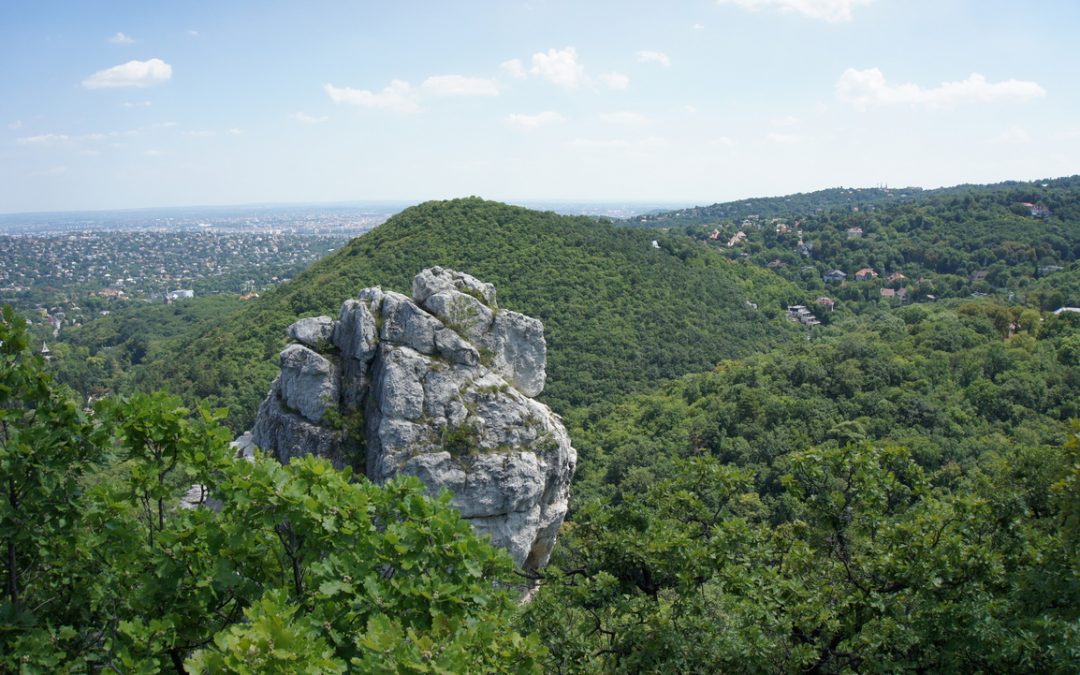Not many capitals around the world can offer so many great possibilities for hikers just in their neighborhood, like Budapest. On the western side of Budapest, the Buda hills make a natural border of the city, and offer their treasures for outdoor enthusiasts and nature fans.The citizens and visiting guests of the capitol are lucky, because they don’t have to travel hours by car, by using the public transport they can be in the woods within 15-30 minutes, it is cheap and eco-friendly as well. Let’s look at the best areas for hiking in and around Budapest, from the most known ones to my personal favorites.
Normafa & János-hill
If you ask anyone in Budapest, where would they go skiing or sledding during winter, they will surely say Normafa. Actually most people, who are not avid hikers, know this place well, as it is perfect for a light walk in nature every month of the year. From the ski slopes there is a great view on Hármashatár-hill and on the city, and if you move further to the Anna-meadow (the place for sledding), there will be a cool playground for the kids, a few fire places to have a picnic and even a small chapel hiding behind the trees. From the field, you can descend on off-the-beaten-path trails among hundred year old beech trees, you won’t meet other hikers here, just enjoy the silence.
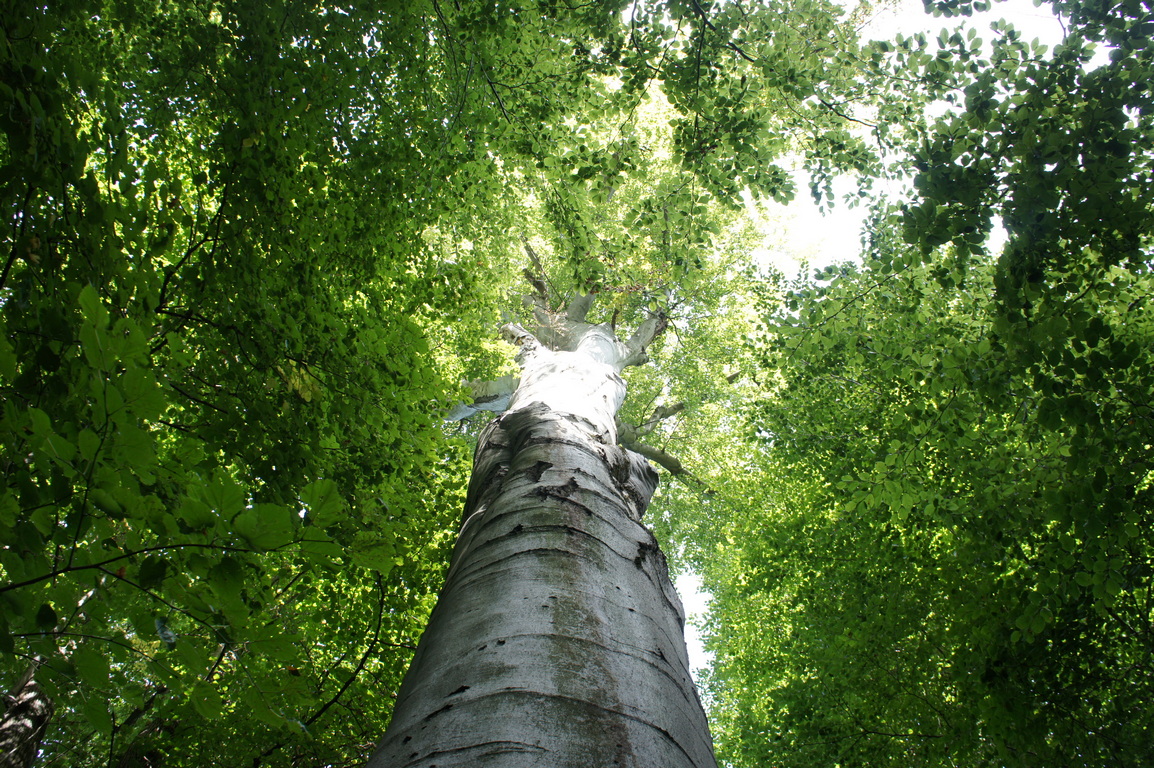
The Tündér-rock was named after fairies, who were believed to appear around this massive dolomite rock, which offers a great landscape. While hiking uphill, you have to choose the right path to find the small Átjáró-cave, you can go through it, if you want, it is not a big challenge. The highest point of Budapest is the János-hill with 527 metres above sea level, and on its peak, there is a charming historical lookout tower named after Sissi, empress of the former Austro-Hungarian Monarchy. On the top of the tower you will find the best 360° panorama, the entire city lies in front of you, the view is absolutely breathtaking.

From the tower, it is worth going down to the famous Chairlift to spare downhill hiking, and enjoy the experience of floating down in a chair from the hill.

Hills of Budaörs
Budaörs is situated on the western side of the Danube in the south, and it has some very unique places to go hiking. To the north from the settlement, there is a chain of hills with a very special flora and fauna. On the northern side of the hills, you can hike in black pine woods, it feels like you are hiking in alpine mountains, but if you go to the southern side, you will find bare rocky scaups. It is a great contrast! In the north you can find the Sorrento rocks, the yellow geological formation really shines through the pine trees on a sunny day.
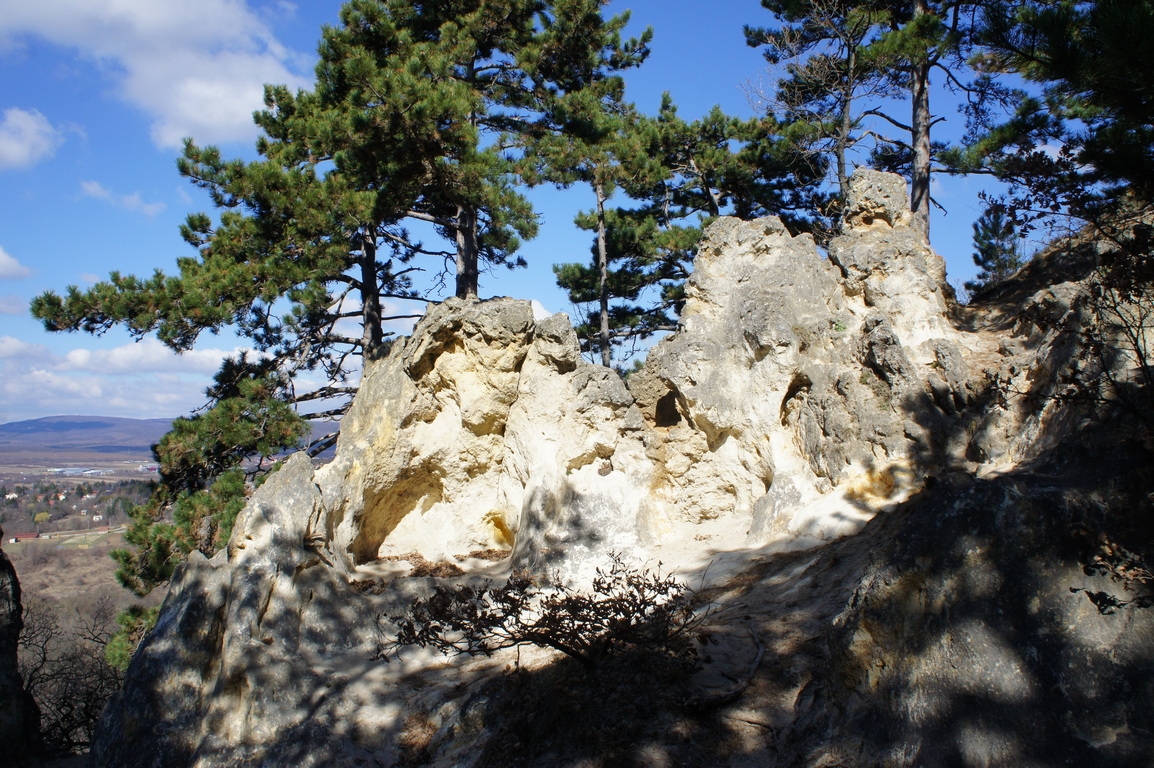
To the south you can visit the Gliders’ Monument, from the two wings of the monument there is already a great sight on Budaörs.
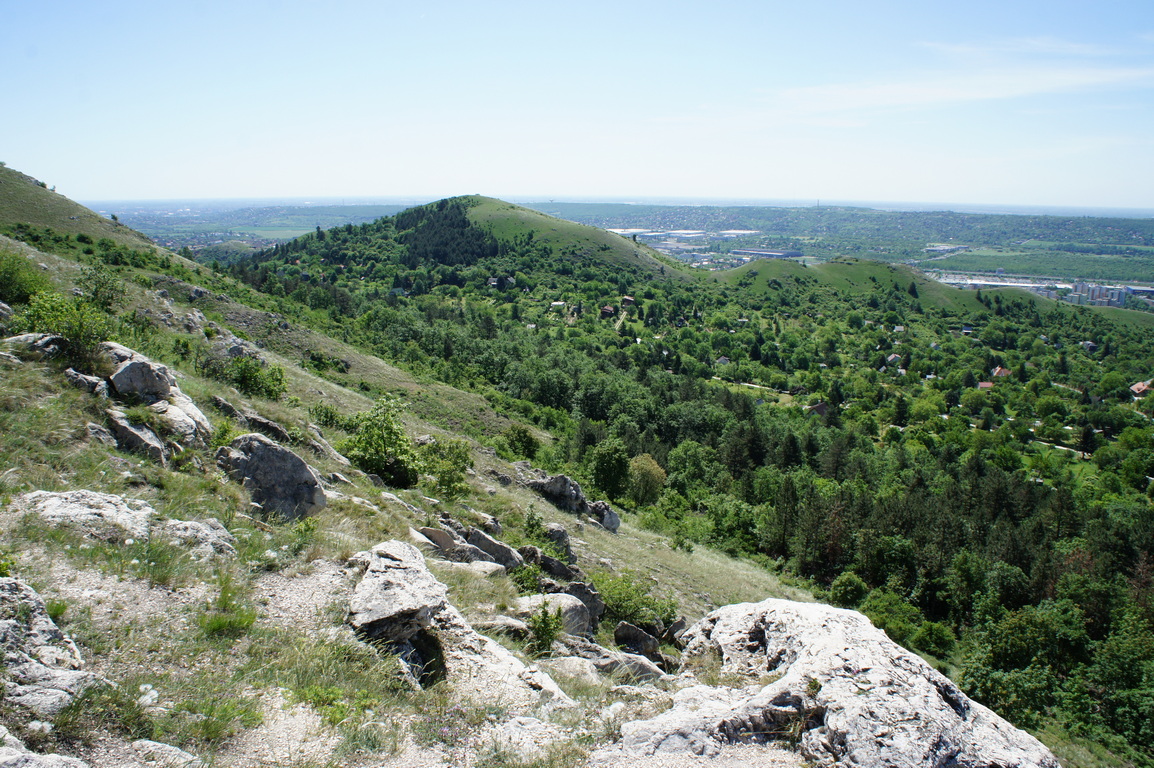
You have to descend to the town to visit the next two spots, one of them is the Kő-hill, the other is Törökugrató. Kő-hill is in the heart of the settlement and has a nice little chapel and a cross on its rocky top. Törökugrató (which means Turkish jumper) got its name from a Turkish captain who jumped down with his horse from the rocks to avoid being captured by Hungarian troops (17th century). The little but rocky hill clearly rises above Budaörs and worth hiking up to enjoy the landscape. I spared the best place for the last, the cliff on the northern edge of Huszonnégyökrös-hill. It has an extraordinary panorama to the north, the whole chain of the Buda hills can be seen, and on our right you can look back on the evergreen pine forests of Budaörs.
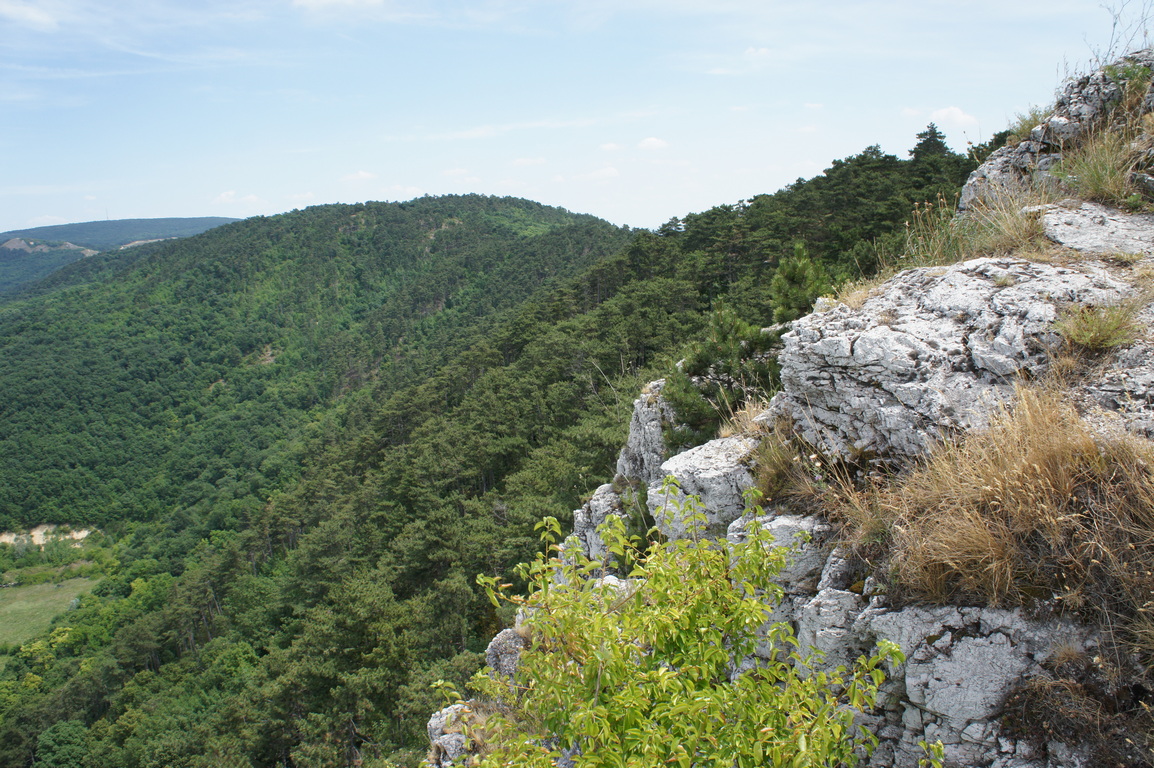
Hármashatár-hill and its neighborhood
If you want to visit viewpoint after viewpoint to enjoy the landscape of Budapest or the rural areas, the Hármashatár-hill and its surroundings are great places to hike. At the edge of the populated areas of the city, the Árpád lookout provides an exceptional view on the Danube and the bridges of Budapest, and it is really easy to approach.

Closer to our destination, the Homok-hill gives the next panorama on the glider airfield, and you can find two bunkers from World War II in the forest as well. Maybe it is a bit exhausting to climb up to the Újlaki-hill, but you can see quite a bit from here, the János-hill, the Hárs-hill and the Pilis in the distance. While hiking uphill, you can discover a long calcite teller in the rocks, a little surprise for mineral enthusiasts. On this hill, (or on Hármashatár-hill), if the weather is windy enough, sometimes you can meet paragliders, it is such an experience to see them starting their flight.

The Hármashatár-hill’s name originates from the three borders which met here before the unification of Budapest. There is a fairly new lookout place on its top, it is rather a modern piece of architecture, not really a tower, but the 360° view is still amazing from it, though I prefer the sight from the paragliders starting place on the northern side of the hill.
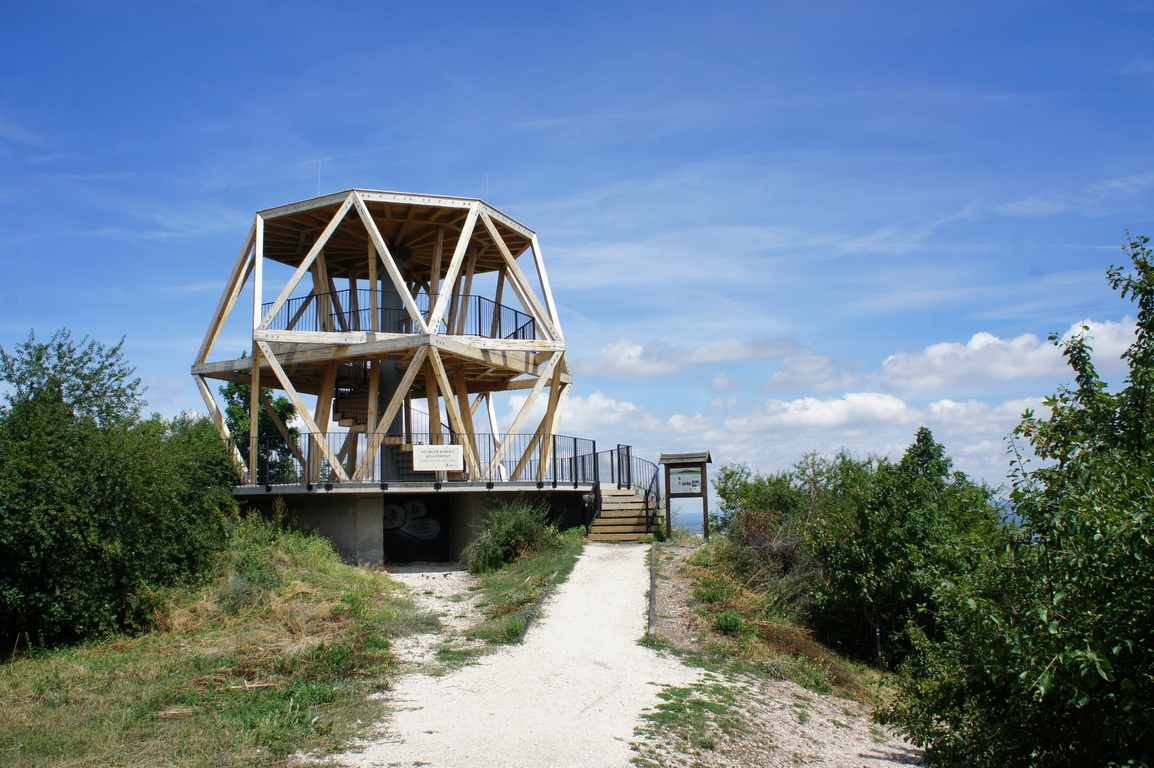
Through off-the-beaten-path trails you should go and find the Kőtaraj, it is an abandoned rocky spot with a unique atmosphere and a view on Óbuda.
The Kevélyek and the ‘Castle of Eger’
It is surprising how exotic places can be found so close to Budapest. Hiking north from Pilisborosjenő you can see quite a few interesting things. Close to the village there is a strange limestone formation, called the Camel Rock, from a certain angle it really looks like a camel. A bit further you can find the ‘Castle of Eger’, which is not the real Castle of Eger, but a copy built in the 60s for shooting the siege of Eger in the 16th century for a Hungarian historical movie.

They use it for filming even today, for example some scenes for The Witcher were shot here recently. From its bastions there is already a nice view on the surrounding land. Time to conquer the hills, there is a long uphill hike, and the Kis-Kevély is the first one, offering an amazing view on Csobánka, another nice charming village from its side, and to the north from its top.
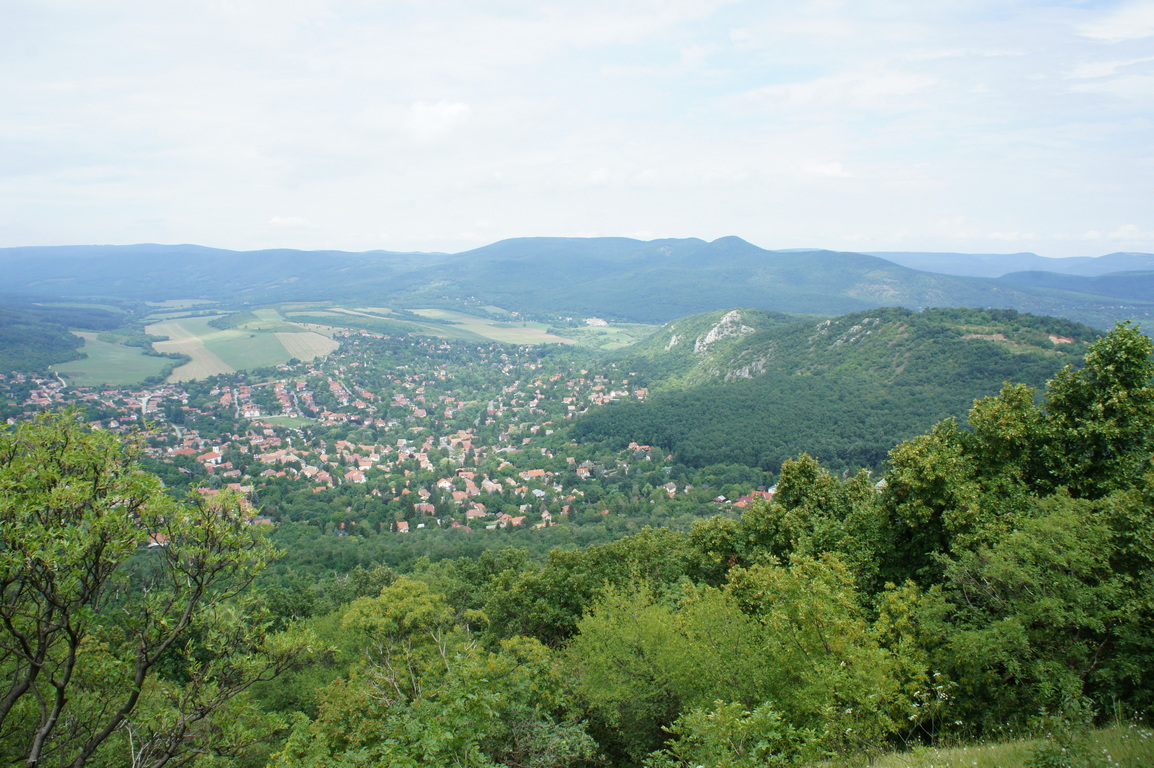
A little bit down you can check the Mackó cave, where many prehistoric bones and cavemen tools were found by archeologists. After a little rest in the saddle of the two mountains, hiking up to the Nagy-Kevély won’t be a great challenge for outdoor people, and it’s totally worth it for the view. The best panorama is at the southern part of the peak, from the steep cliffs you can see Budapest in the distance.
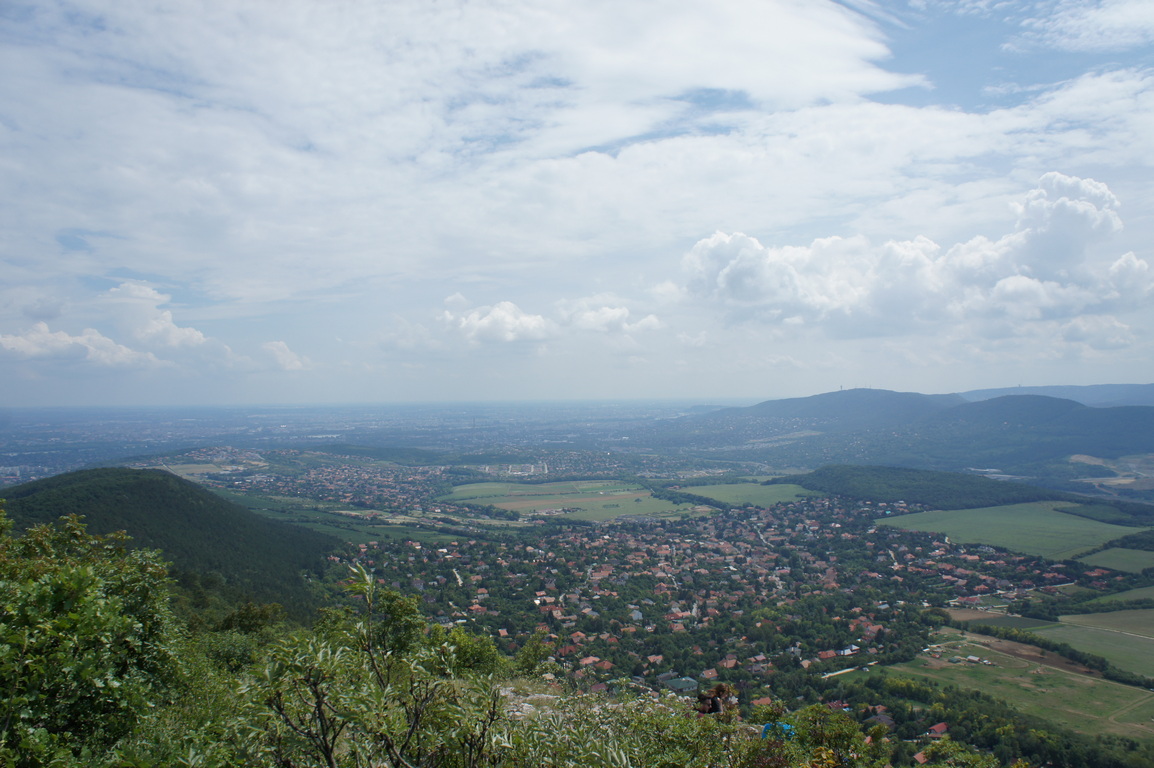
On the Ezüst-Kevély you can visit the stone hut, a forgotten memento of the war, it used to be an ammo storage in the past. At the southern edge of the hill there is a limestone quarry, it doesn’t function any more, it might be an interesting place for amateur geologists.
The wilderness around the Szénások
The area between Pilisszentiván and Nagykovácsi is truly unbelievable, a real hidden gem for outdoor fans. Next to Pilisszentiván there is the little Jági-lake, you will surely find locals at this charming place. A bit further up you can have a look on the Ördög-torony, aka. the Devil’s tower, a dolomite formation which rises above the surrounding black pine forest. From the Iváni-hegy there is a great view on the wilderness awaiting you, endless woods all over the horizon to the south.

You have to approach the Kis-Szénás from the north to reach the best viewpoints, you start in a small valley, and as you are hiking up, the environment slowly changes, you walk between small juniper bushes and bypass bare limestone rocks, you hardly find anyone here. From the top, there is a great view to the north and from the other side of the hill to the west.

Between the Kis-Szénás and the Nagy-Szénás, there is a highly protected area. When I first hiked in these woods, I was completely amazed by the untouched wilderness. There is such a harmony among the old oak and beech trees here, which cannot be described with mere words.

This place is also a paradise for mushroom hunters. You have to work hard to get to the peak of Nagy-Szénás, but every step is worth it for the sight awaiting you on the top of the hill. At 550 metres above sea level, there are no trees on the peak, so there will be a stunning 360° panorama all over the land, you can see the skew back of the Pilis mountain to the north, Budapest to the east and the Buda hills to the south.

